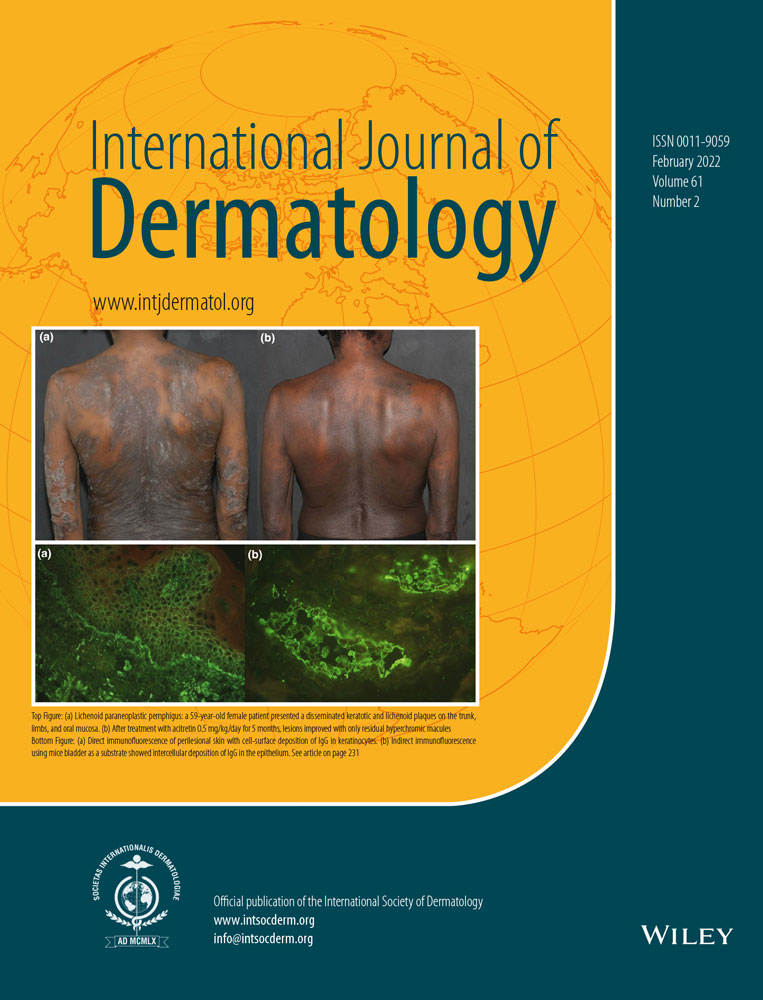The role research gap years play in a successful dermatology match
Conflict of interest: None.
Funding source: None.
Abstract
Background
A new trend includes taking a dedicated year away from medical school to complete a research fellowship. There is minimal data on the benefit of a gap year. We aimed to identify if a gap year makes a dermatology applicant more successful in The Match.
Methods
Dermatology applicants who applied to Mayo Clinic Arizona for the 2018–2019 application cycle and Mayo Clinic Rochester, Arizona, and Florida for the 2019–2020 application cycle were surveyed.
Results
In total, 291 dermatology applicants completed the initial survey, and 236 completed the follow-up survey. Ninety applicants took a gap year, 198 applicants did not. There was no significant difference in match rates. When comparing match rates at top dermatology residency programs, 40.6% of gap-year applicants matched to these residencies versus 19.0% of no gap-year applicants (P < 0.01).
Conclusion
Applicants should weigh the opportunity costs before pursuing research gap years as they may not be universally helpful. Applicants who want to match at a top dermatology program may benefit from a research gap year. This data may have limited generalizability outside of the United States.




